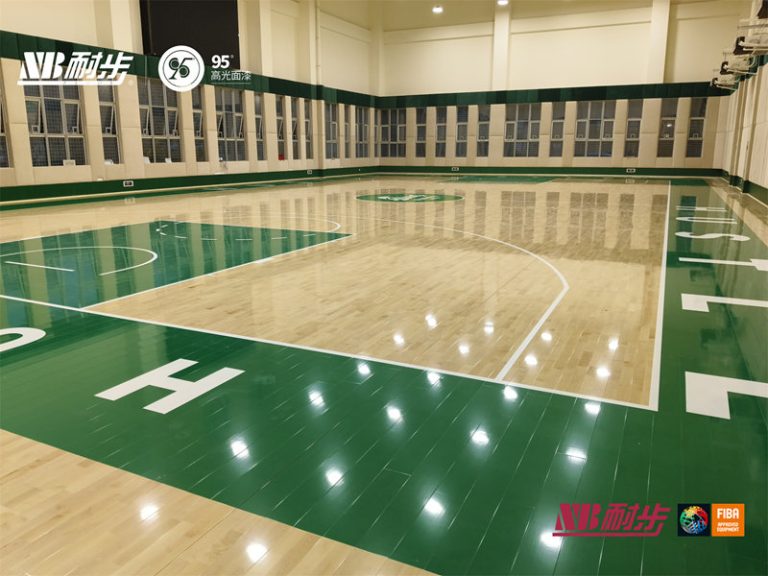Creating an ideal volleyball experience starts from the ground up. The indoor volleyball flooring you choose not only affects gameplay but also impacts player safety, comfort, and long-term facility maintenance. Whether for school gyms, club leagues, or professional arenas, investing in the right flooring makes all the difference.
What Makes a Great Indoor Volleyball Floor?
A proper indoor volleyball court demands flooring that balances shock absorption, grip, and durability. Key features to look for include:
Optimal Ball Bounce: Ensures accurate and predictable play
Shock Absorption: Reduces joint strain and injury risk
Surface Grip: Supports quick movements without slipping
Durability: Withstands high foot traffic and intense action
Top Flooring Materials for Indoor Volleyball Courts
Hardwood (Maple or Oak)
Common in professional settings. Delivers excellent ball response and high-end performance. Requires consistent upkeep.Vinyl or PVC Flooring
Popular in schools and training gyms. Offers shock absorption, easy maintenance, and budget-friendly installation.Polyurethane (PU) Sports Surfaces
Seamless and elastic surface that supports multi-sport usage. Ideal for multipurpose halls and community centers.Rubber or Foam-Backed Options
Suitable for beginner training and recreational play. Focuses on comfort and safety over competitive performance.
Ideal Settings for Indoor Volleyball Flooring
School Gyms: Daily use and diverse sports programs
Club Arenas: Hosting training, games, and tournaments
Community Centers: Flexible flooring for different activities
Training Facilities: Prioritizing player development and repetition
Basic Maintenance Tips
To keep your indoor volleyball floor in top shape:
Clean regularly using dry mops and pH-neutral cleaners
Avoid harsh chemicals and excessive water
Inspect seams or panels monthly
Refinish hardwood floors annually if needed
Final Thoughts
The right indoor volleyball flooring supports not just the sport but also the athletes who play it. Whether you’re building a new facility or upgrading an existing one, selecting the appropriate material ensures long-term performance, safety, and satisfaction for every game.
Need help deciding which floor fits your space best? Start by evaluating your users, budget, and frequency of use—and work from there.


